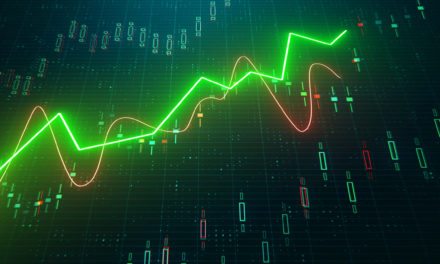
“Only buy something that you’d be perfectly happy to hold if the market shut down for 10 years.”
— Warren Buffett
Investors can learn a lot from Warren Buffett, whose above quote teaches the importance of thinking about investment time horizon, and asking ourselves before buying any given stock: can we envision holding onto it for years — even a ten year holding period possibly?
Suppose a “buy-and-hold” investor was considering an investment into Duke Energy Corp (NYSE: DUK) back in 2012: back then, such an investor may have been pondering this very same question. Had they answered “yes” to a full ten year investment time horizon and then actually held for these past 10 years, here’s how that investment would have turned out.
| Start date: | 07/25/2012 |
|
|||
| End date: | 07/22/2022 | ||||
| Start price/share: | $65.82 | ||||
| End price/share: | $104.98 | ||||
| Starting shares: | 151.93 | ||||
| Ending shares: | 232.76 | ||||
| Dividends reinvested/share: | $34.93 | ||||
| Total return: | 144.36% | ||||
| Average annual return: | 9.35% | ||||
| Starting investment: | $10,000.00 | ||||
| Ending investment: | $24,438.89 | ||||
As shown above, the ten year investment result worked out well, with an annualized rate of return of 9.35%. This would have turned a $10K investment made 10 years ago into $24,438.89 today (as of 07/22/2022). On a total return basis, that’s a result of 144.36% (something to think about: how might DUK shares perform over the next 10 years?). [These numbers were computed with the Dividend Channel DRIP Returns Calculator.]
Always an important consideration with a dividend-paying company is: should we reinvest our dividends?Over the past 10 years, Duke Energy Corp has paid $34.93/share in dividends. For the above analysis, we assume that the investor reinvests dividends into new shares of stock (for the above calculations, the reinvestment is performed using closing price on ex-div date for that dividend).
Based upon the most recent annualized dividend rate of 4.02/share, we calculate that DUK has a current yield of approximately 3.83%. Another interesting datapoint we can examine is ‘yield on cost’ — in other words, we can express the current annualized dividend of 4.02 against the original $65.82/share purchase price. This works out to a yield on cost of 5.82%.
More investment wisdom to ponder:
“A stock is not just a ticker symbol or an electronic blip; it is an ownership interest in an actual business, with an underlying value that does not depend on its share price.” — Benjamin Graham




